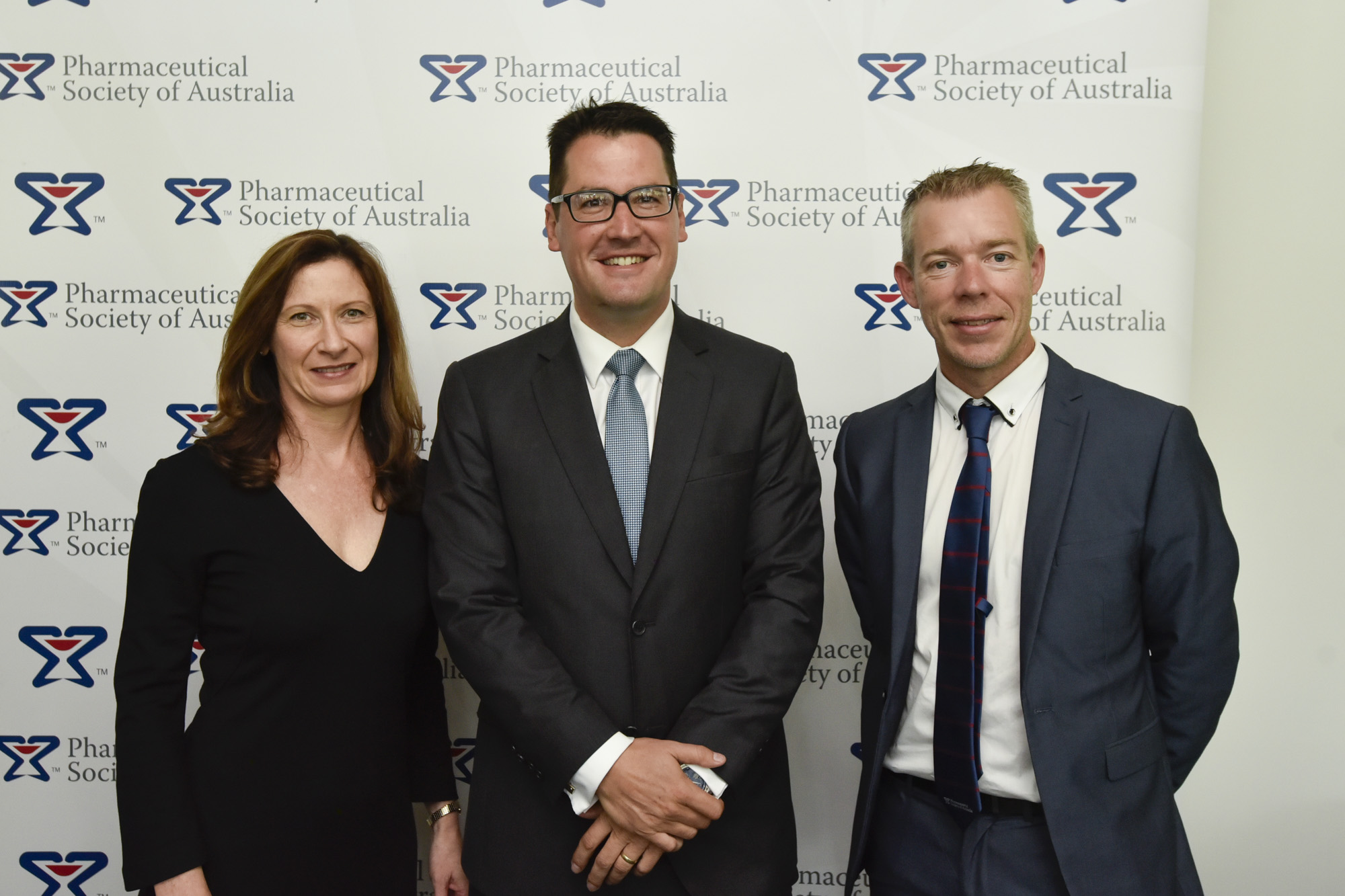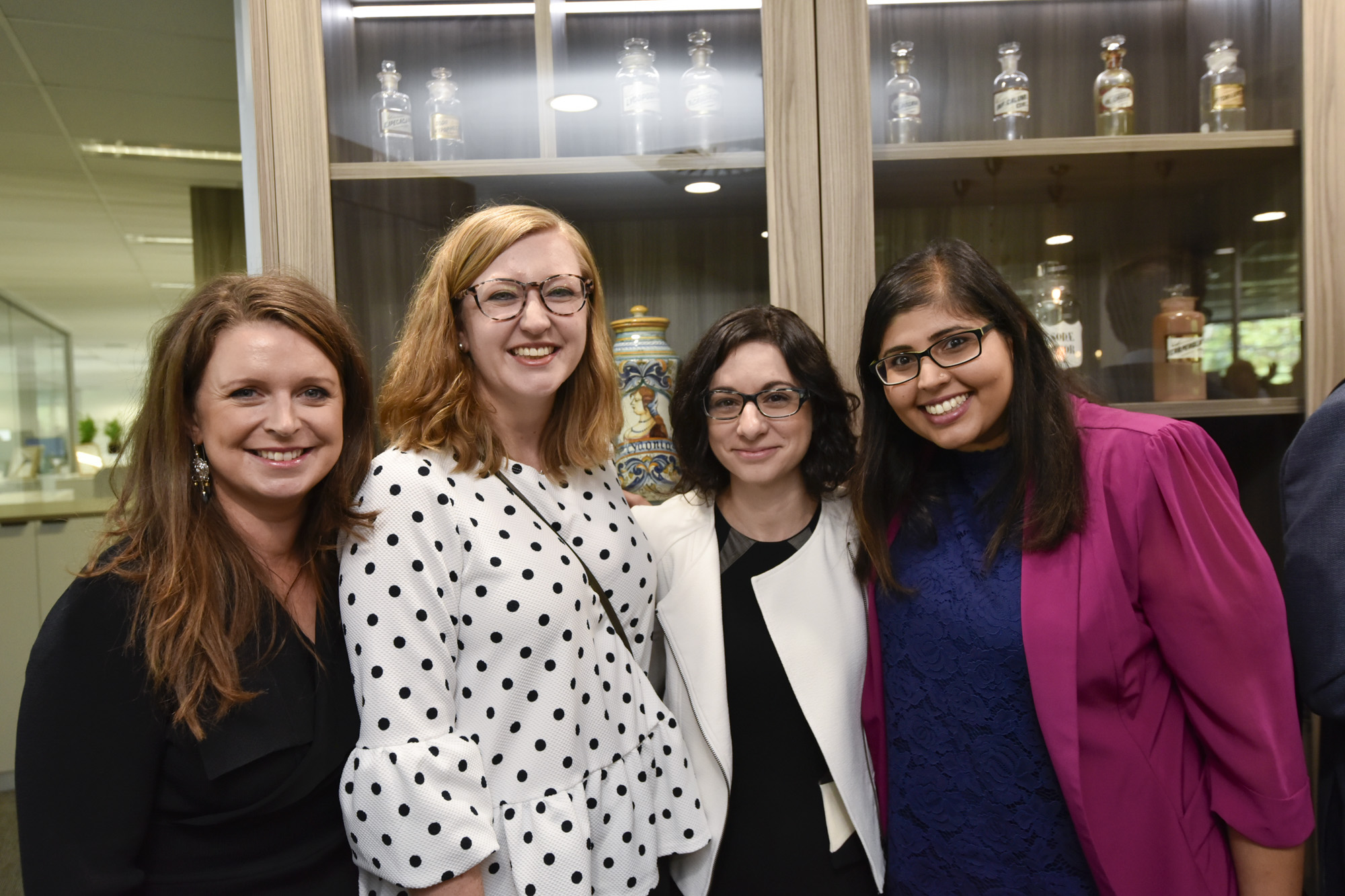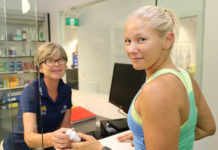Australian Pharmacist spoke to Rhonda White AO about her role in co-founding Terry White Chemists (TWC) – the first group to franchise pharmacies in Australia – and what it means to be a leader in pharmacy.
After opening her first pharmacy in Clontarf, Queensland in 1964, she worked with Terry to establish the TWC brand. Rhonda spent several years studying behavioral sciences and organisational development. In the 1980s she became the CEO of TWC, applying her new knowledge to develop the company into a national brand, starting with their flagship store on the Gold Coast.
In 2016 TWC merged with Chemmart to form TWCM, which now has 500 pharmacies across Australia and employs more than 10,000 staff. Rhonda has received many Awards in recognition of her entrepreneurship, including an Officer of the Order of Australia in 2013 for her contributions to education and retail practices and as a role model for women in business, and the 2015 PSA Bowl of Hygeia.
Q What did you learn from opening your first pharmacy in Clontarf?
A Position, position, position – you have to be where the people are. Easy accessibility to a highly trained health professional is one of the most important features community pharmacy brings to the health of the nation. Governments need to better understand the value and savings we bring to health. Formal recognition of pharmacists’ role in reducing costs through preventable hospital admissions would make for real savings to national health costs.
Q What did you find rewarding about applying your business qualifications to community pharmacy?
A This was in the early eighties, so other than the dispensary protocols, any systems in community pharmacy were ad hoc – it was fertile ground for an organisational psychologist specialising in process management. Our team members responded positively to the consistency the systems provided – knowing what you have to achieve and how to do it step by step gives a sense of achievement, quality assurance and compliance. I was able to marry the professional demands of the pharmacy with all the business systems – financial, inventory, training and development, layout and design. These systems and protocols provided the basis of QCPP.
Change is invariably resisted and viewed by the ‘nay-sayers’ with suspicion. I was criticised by many as commercialising the profession. I saw it as necessary to provide rigor and compliance to professional services, and develop effective retail and business practices – a survival tool for the day when community pharmacy would have to be accountable for its financial results, as a 50% margin was not guaranteed forever. Now more than ever, with the PBS cuts and increased competition, these systems and processes have proven their worth.
Q What inspired your design of the TWC stores?
A While community pharmacists were, back then, highly trusted and efficient dispensers, they were not always great at counselling beyond dispensing. The ‘front of shop’ or retail side of the business was pretty ‘hit and miss’ – some pharmacies looked like gift shops and others looked like toyshops full of fluffy toys. Dispensaries were raised platforms with a wall screening the pharmacist who had a peephole to check out the front. I was convinced the pharmacist was our key differentiator and needed to be visible and accessible to the community. The design needed to place the pharmacist face-to-face with the customer. So we took the barriers away – that was a real battle.
We then did some research to ask the community what they expected to find in a pharmacy and it became clear that health wellness and beauty was the expectation. These key areas would define our inventory and differentiate categories.
If we were to be a serious shopping ‘destination’, pharmacy could no longer take the ‘interior decorator’ approach with a counter here and a gondola there. Customers did not buy more because a ‘display’ obstructed their pathway. Convenient logical design using a well-researched ‘grid’ layout resulted in pharmacies that were shopable with strong merchandising in a supportive shopping environment. Where a location was appropriate for a range of prestige cosmetics, as at the Gold Coast, I worked with the cosmetic company’s international design teams to integrate their preferred designs without obstructing the traffic flow.
Q What are the key characteristics of a strong leader?
A A leader must be able to manage change. To do this he or she must create the culture and that means developing every member of the team. Behind this are the ability to listen and communicate, commitment to transparency and honesty, as well as consistency, energy, reliability, taking risks and accepting the responsibility for those risks. Leadership is about bringing it all together and making it work for everyone involved.
Q How has your PSA membership supported your career?
A Before CPD became mandatory, PSA was my major source of professional learning to assist me in keeping abreast of the profession, and it still is. When I was outside of a capital city in my early career, PSA kept me in touch with the challenges, changes and contributors in both the industry and the profession.
Q What advice would you give to a pharmacy student?
A Firstly, find a part-time job in a pharmacy. Get involved with your profession through organisations like NAPSA and take up the complimentary PSA student membership so you can learn about your profession from a wider cross-section than is available on a day-to-day basis.














 PSA Chief Operating Officer Deb Bowden, Senator Zed Seselja and PSA National President Dr Shane Jackson.[/caption]
PSA Chief Operating Officer Deb Bowden, Senator Zed Seselja and PSA National President Dr Shane Jackson.[/caption]





 [post_title] => New Pharmacy House opens
[post_excerpt] =>
[post_status] => publish
[comment_status] => open
[ping_status] => open
[post_password] =>
[post_name] => new-pharmacy-house-opens
[to_ping] =>
[pinged] =>
[post_modified] => 2018-04-05 12:33:52
[post_modified_gmt] => 2018-04-05 02:33:52
[post_content_filtered] =>
[post_parent] => 0
[guid] => http://psa.studionerve.com/?p=1231
[menu_order] => 0
[post_type] => post
[post_mime_type] =>
[comment_count] => 0
[filter] => raw
)
[title_attribute] => New Pharmacy House opens
[title] => New Pharmacy House opens
[href] => http://psa.studionerve.com/new-pharmacy-house-opens/
[module_atts:td_module:private] => Array
(
)
[td_review:protected] => Array
(
)
[is_review:protected] =>
[post_thumb_id:protected] => 1239
)
[post_title] => New Pharmacy House opens
[post_excerpt] =>
[post_status] => publish
[comment_status] => open
[ping_status] => open
[post_password] =>
[post_name] => new-pharmacy-house-opens
[to_ping] =>
[pinged] =>
[post_modified] => 2018-04-05 12:33:52
[post_modified_gmt] => 2018-04-05 02:33:52
[post_content_filtered] =>
[post_parent] => 0
[guid] => http://psa.studionerve.com/?p=1231
[menu_order] => 0
[post_type] => post
[post_mime_type] =>
[comment_count] => 0
[filter] => raw
)
[title_attribute] => New Pharmacy House opens
[title] => New Pharmacy House opens
[href] => http://psa.studionerve.com/new-pharmacy-house-opens/
[module_atts:td_module:private] => Array
(
)
[td_review:protected] => Array
(
)
[is_review:protected] =>
[post_thumb_id:protected] => 1239
)












